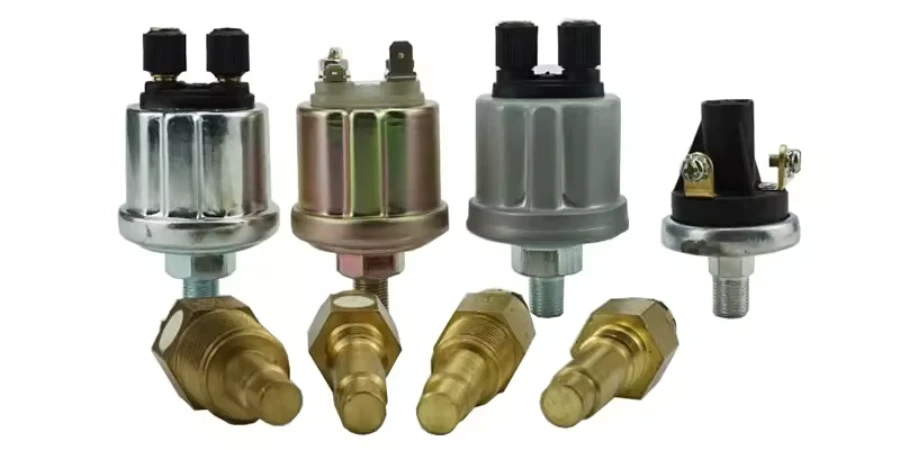Understanding the heart of your vehicle’s engine starts with recognizing the role of an oil pressure sensor. This small but mighty component is pivotal in maintaining the health and efficiency of your engine. By monitoring oil pressure, it ensures your vehicle operates within safe parameters, safeguarding against potential damage. This guide will navigate you through everything you need to know about oil pressure sensors, from their function to maintenance tips.
Table of Contents:
– What is an oil pressure sensor?
– What does an oil pressure sensor do?
– How to choose the right oil pressure sensor
– How long do oil pressure sensors last?
– How to replace an oil pressure sensor
– How much are oil pressure sensors?
What is an oil pressure sensor?
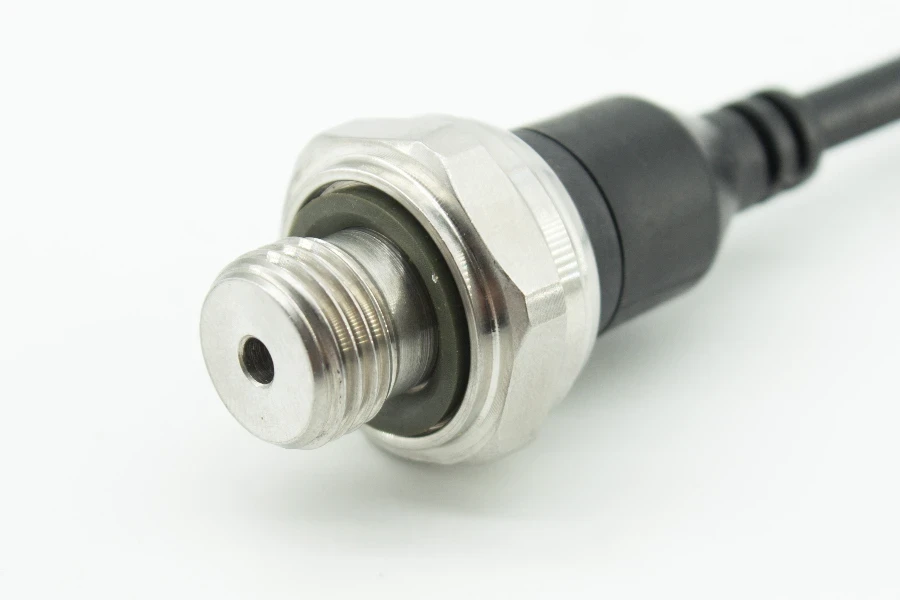
An oil pressure sensor, a crucial component in any vehicle’s engine, is a high-precision instrument designed to monitor the oil pressure within the engine. This sensor is typically located near the oil filter or within the engine block and plays a vital role in ensuring the engine’s longevity and efficiency. By detecting the oil’s pressure, it provides real-time data to the vehicle’s computer system or directly to an analog gauge on the dashboard, allowing for immediate adjustments to maintain optimal engine performance.
What does an oil pressure sensor do?
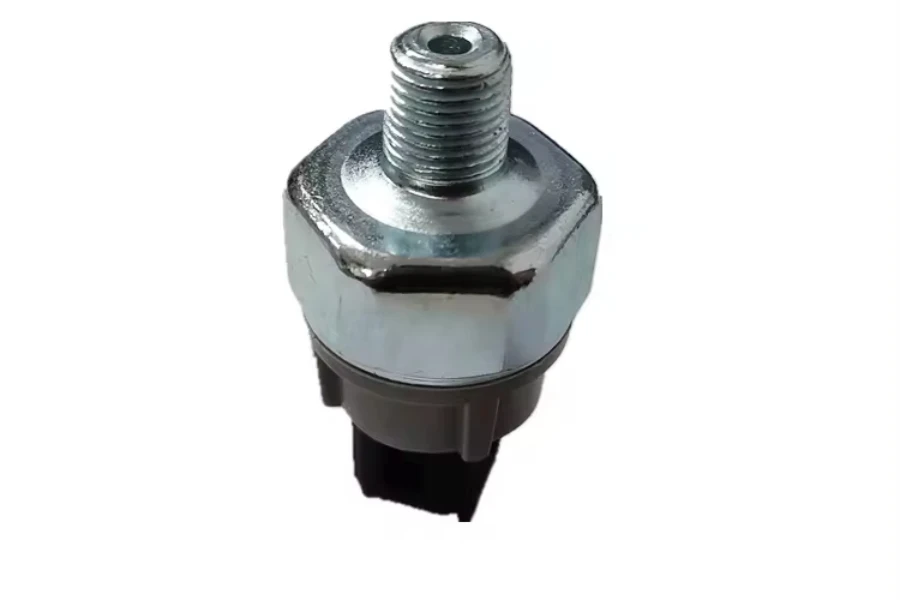
The primary function of an oil pressure sensor is to safeguard the engine by monitoring its oil pressure in real-time. It alerts the driver through the vehicle’s dashboard if the oil pressure falls below or rises above the predetermined safe operating range. This early warning system is crucial in preventing engine damage due to low oil pressure, which can lead to inadequate lubrication, overheating, and ultimately, engine failure. Conversely, excessively high oil pressure can also pose risks, such as oil filter damage or leaks, making the sensor’s role in maintaining balance indispensable.
How to choose the right oil pressure sensor
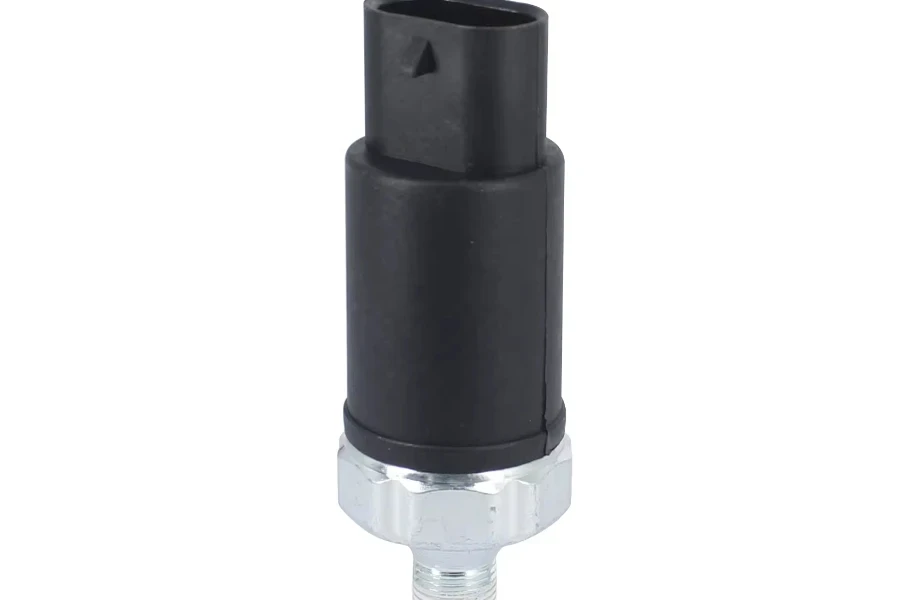
Selecting the appropriate oil pressure sensor for your vehicle involves considering several factors, including compatibility, sensitivity, and accuracy. It’s essential to choose a sensor that matches your vehicle’s make and model to ensure seamless integration with the engine’s computer system. Sensitivity and accuracy are equally important, as they determine the sensor’s ability to detect and relay precise oil pressure readings. Consulting your vehicle’s manual or a professional mechanic can help you make an informed decision, ensuring your engine remains in top condition.
How long do oil pressure sensors last?
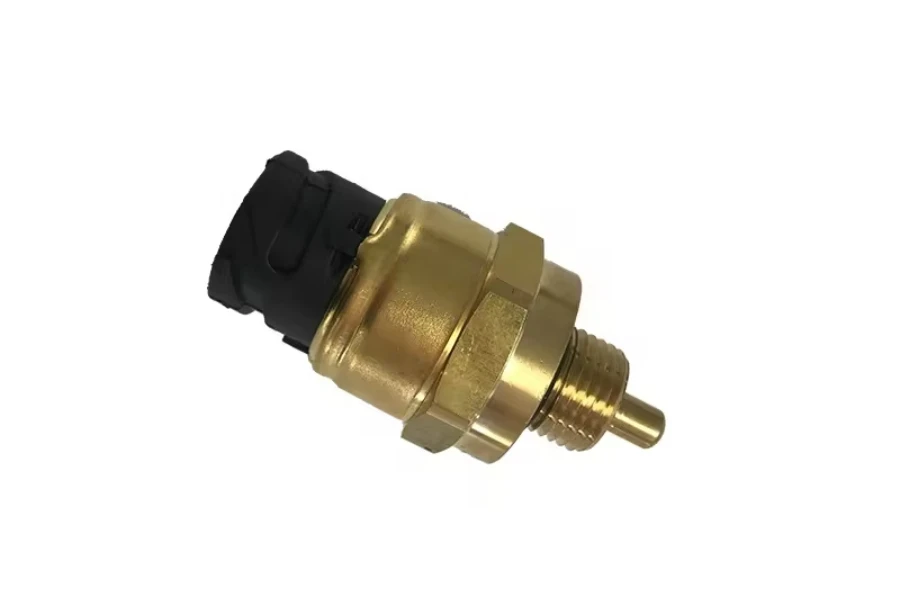
Oil pressure sensors are designed to endure the harsh conditions within an engine, typically lasting anywhere from 50,000 to 100,000 miles. However, their lifespan can be influenced by various factors, including the quality of the sensor, the type of oil used, and the vehicle’s driving conditions. Regular maintenance and timely oil changes can extend the sensor’s life by preventing sludge buildup and ensuring the engine operates within its intended parameters.
How to replace an oil pressure sensor
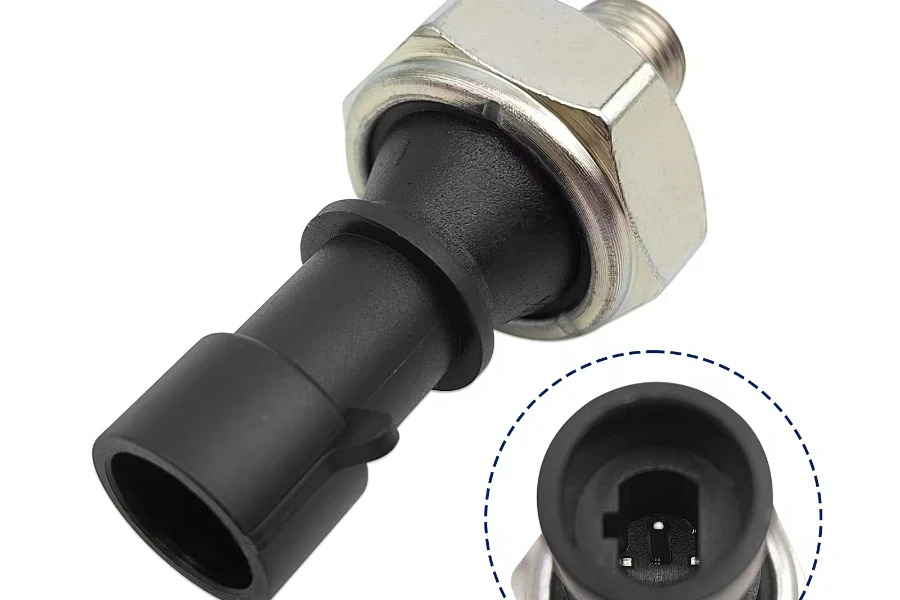
Replacing an oil pressure sensor is a task that can be accomplished by those with moderate mechanical skills, but it requires precision and attention to detail. The process involves locating the sensor, usually near the oil filter or in the engine block, and carefully removing it without damaging surrounding components. Once the old sensor is removed, the new sensor can be installed by hand tightening it into place, followed by a final tightening with a wrench. It’s crucial to ensure the sensor is securely fitted to prevent oil leaks and to reset the vehicle’s computer system to recognize the new sensor.
How much are oil pressure sensors?
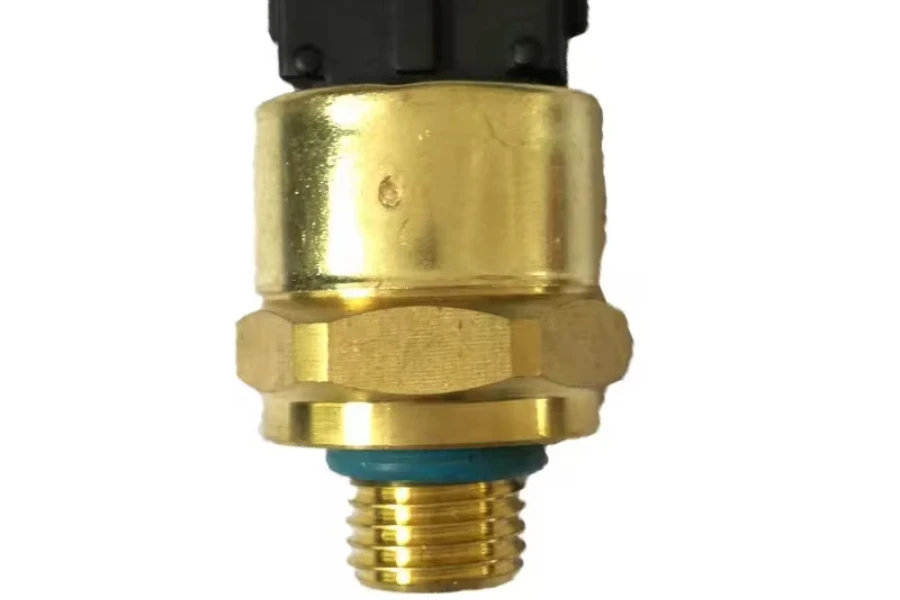
The cost of oil pressure sensors can vary widely based on the vehicle’s make and model, ranging from $20 to $100 for the part alone. Professional installation can add to the overall cost, but considering the sensor’s critical role in engine health, it’s a worthwhile investment. For those comfortable with DIY repairs, purchasing the sensor and performing the replacement independently can save on labor costs.
Conclusion:
An oil pressure sensor plays a pivotal role in monitoring and maintaining the health of your vehicle’s engine. Understanding its function, knowing how to choose the right one, and recognizing when it’s time for a replacement can significantly contribute to your vehicle’s longevity and performance. With this guide, you’re now equipped with the knowledge to ensure your engine continues to run smoothly, safeguarded by a properly functioning oil pressure sensor.
